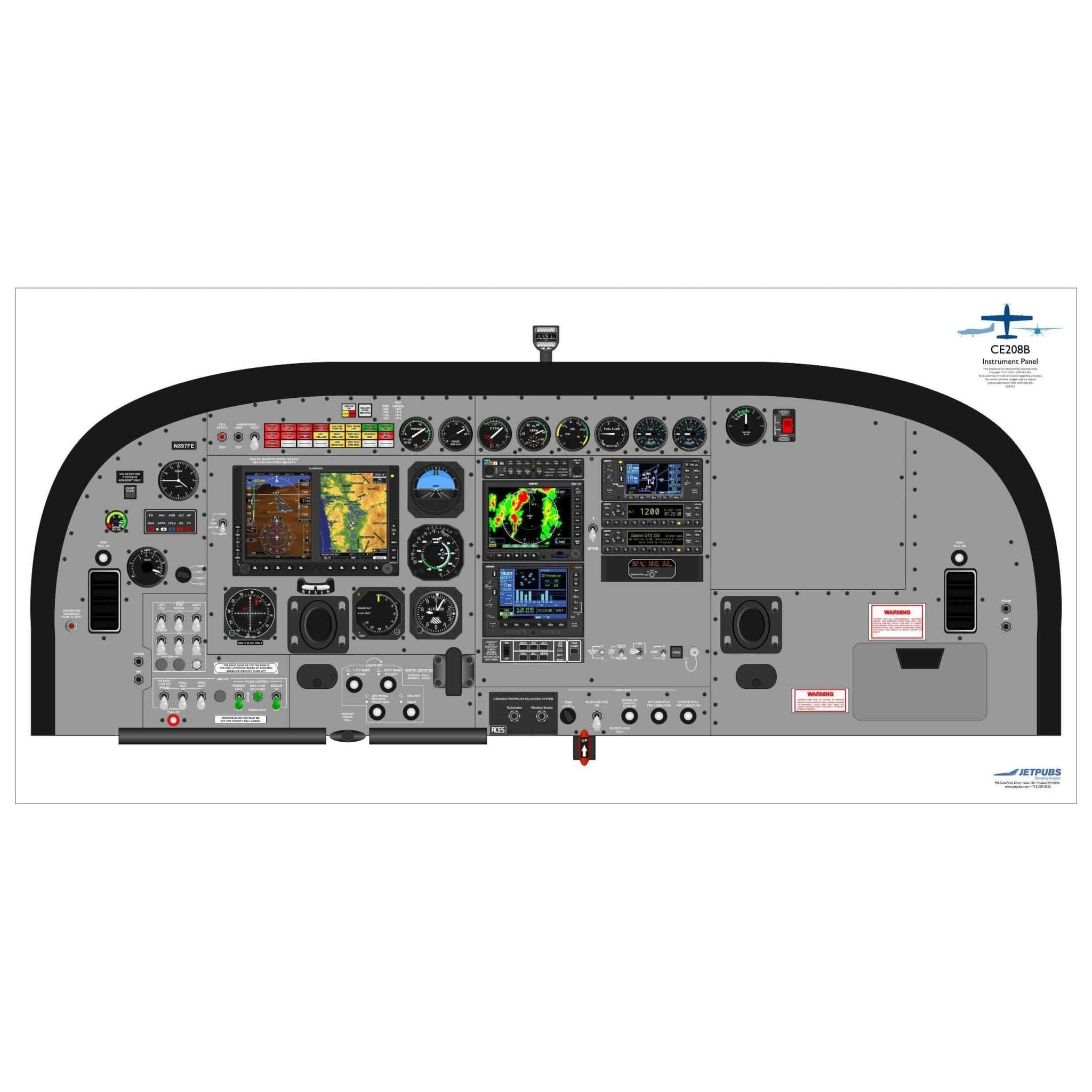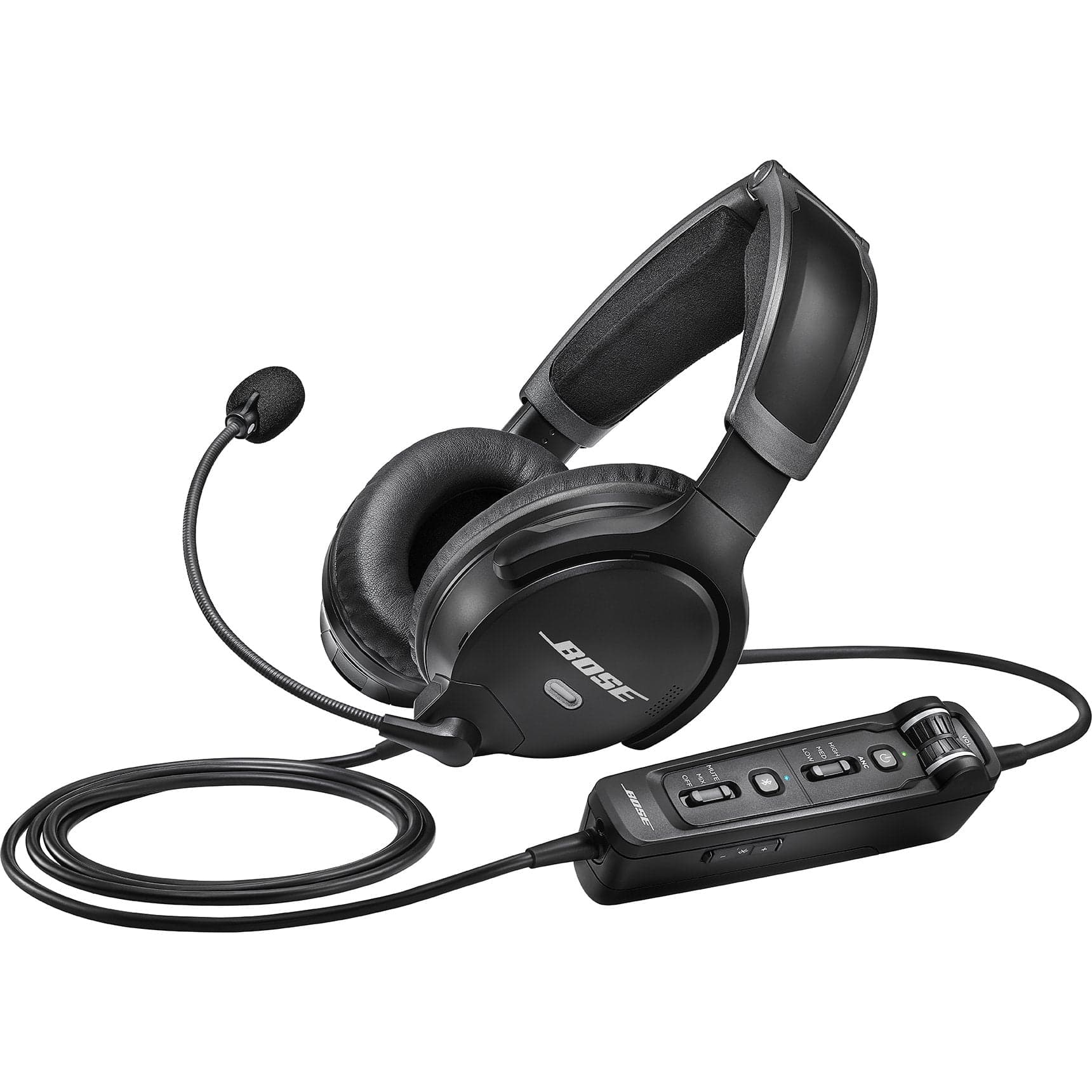Behind every amazing commercial pilot is their humble beginnings as a student pilot seeking their private pilot's license.
For many this journey began in some of the most affordable planes, which were typically a Cessna 150, a Cessna 152(or even a Cessna 172). And while they might all have a similar appearance, they are not the same aircraft.
In this article, we're going to explore the differences between the Cessna 150 and 152, a beloved and popular aircraft that still continues to be used in both flight training and personal aircraft ownership.
Let's learn more about these remarkable aircraft!
 (By John Davies - commons.wikimedia, GFDL 1.2,)
(By John Davies - commons.wikimedia, GFDL 1.2,)
History of the Cessna 150
The Cessna 150 is a high wing aircraft that Cessna introduced to the world 1959 after the success of their early models(of the Cessna 140).
From 1958 to 1977, the Cessna 150 underwent sixteen variations, including one produced exclusively by the now-defunct Reims Aviation. Remarkably, these changes had minimal impact on its outstanding performance.
In 1959, Cessna introduced the Cessna 150, an all-metal tricycle-gear airplane offered in four versions:
- Standard
- Trainer
- Commuter
- Patroller
Each served distinct purposes, with the Commuter, for instance, featuring wheel fairings for added elegance.
Cessna proudly labeled it the "world's premier trainer," drawing inspiration from previous tailwheel models like the 120 and 140.
The Cessna 150's design innovations, such as side-by-side seating and tricycle landing gear, simplified both instruction and ground operations.
150 Variants
The Cessna 150 had 16 variants:
- 150
- 150A
- 150B
- 150C
- 150D
- 150E
- 150F
- 150G
- 150H
- 150I
- 150J
- 150L
- 150K
- FRA150L Aerobat
- 150M
- FRA150M

(By FlugKerl2 - Own work, CC BY-SA 3.0,)
History of the Cessna 152
By 1978, when the Cessna 152 succeeded, over 22,000 Model 150 planes had taken flight. It remained the second-best-selling Cessna aircraft after the iconic high wing aircraft the Cessna 172, thanks to its superb handling and its role as a nurturing guide for aspiring pilots.
During this time Cessna also upgraded the model, increasing its potential with a powerful 110 HP Lycoming O-235 engine. This provided more power and performance capabilities for the aircraft.
The Cessna 152 was an upgraded version of the highly successful Cessna 150, benefiting from enhanced design features to enable increased payloads and improved efficiency when using the new 100LL fuel.
The 152 was designed to compete with popular aircraft models such as the Beechcraft Skipper and Piper Tomahawk.
Back in 1985, the Cessna factory in Wichita, Kansas lovingly crafted a soaring 8,000 of its iconic 152s before ceasing production of this light aircraft.
This reliable plane is still adored by many passionate pilots to this day for its impressive stability and maneuverability, becoming a go-to trainer plane all around the world.
152 Variants
The Cessna 152 had only four variant models:
- 152
- F152
- A152
- FA152.
All are powered by Lycoming O-235 engines.
NOTE: The C152 II, C152 T, and C152 Aviat were not special model variants, they were equipment packages and the Aviat was an overhaul rebuild of the Cessna 152.
 (By Peter Somogyi-Tóth, www.legifotok.hu - Own work, CC BY-SA 4.0, and By Ahunt at English Wikipedia)
(By Peter Somogyi-Tóth, www.legifotok.hu - Own work, CC BY-SA 4.0, and By Ahunt at English Wikipedia)
Differences Between the Cessna 150 and Cessna 152
The remarkable Cessna 150 and Cessna 152 are both treasured aircrafts, favored by pilots for their agility in the sky. Introducing the aviation community to a new level of two-seat flying, each offers a unique experience.
While they might seem like they could be the same airplane, seeing as both share a dependable design and a maximum speed of 130 knots, there are also some notable differences between them.
Engines
-
150
Continental O-200-A air-cooled horizontally-opposed engine, 100 hp (75 kW) -
152
Lycoming O-235-L2C flat-4 engine, 110 hp (82 kW)
Speed
-
150
Maximum Speed: 125 mph (202 km/h)
Stall Speed: 48 mph (78 km/h) -
152
Maximum Speed: 126 mph (203 km/h)
Stall Speed: 49 mph (79 km/h)
Weight
-
150
Empty weight: 1,060 lb (480.808 kg)
Gross weight: 1,600 lb (725.748 kg) -
152
Empty weight: 1,081 lb (490 kg)
Gross weight: 1,670 lb (757 kg)
Size
-
150
Length: 23 ft 11 in (7.29 m)
Wingspan: 33 ft 2 in (10.11 m)
Height: 8 ft 6 in (2.59 m)
Wing area: 160 sq ft (15 m2) -
152
Length: 24 ft 1 in (7.34 m)
Wingspan: 33 ft 4 in (10.16 m)
Height: 8 ft 6 in (2.59 m)
Wing area: 160 sq ft (15 m2)
Fuel Efficiency
-
150
Fuel Capacity: The 150's fuel tanks hold 22.5 US gal (18.7 imp gal; 85 L) usable fuel.
Fuel burn per hour: About 5.6 gallons -
152
Fuel Capacity: The 152 has redesigned fuel tanks and can use different types of gasoline fuels, from plain auto fuel to aviation-specific ones.It has two wing tanks, the long range fuel tanks holds 37.5 gallons; meanwhile the smaller one only stores 24.5 gallons.
Fuel burn per hour: 6.1 gallons
Oil Capacity
-
150
Depending on the variant the oil capacity is different. The original Cessna 150 holds 6 quarts, while the 1968-1977 models carry 7 quarts of oil. -
152
The 152 carries 7 quarts of oil.
Capacity
-
150
One passenger and two children with a combined weight of 120 lb (54 kg) may occupy the optional bench seat in the baggage compartment. -
152
One passenger, plus two children, not exceeding a total weight of 120 lb (54 kg), may be seated on the optional bench seat in the baggage compartment.
 (By Alec BHX/KKC - Flickr, CC BY-SA 2.0, )
(By Alec BHX/KKC - Flickr, CC BY-SA 2.0, )
Additional Differences
-
150
Service Ceiling: 14,000 ft (4,300 m)
Rate of Climb: 670 ft/min (3.4 m/s)
Range: 420 nmi (480 mi, 780 km) (econ cruise, standard fuel)
Propellers: 2-bladed McCauley metal fixed-pitch propeller, 5 ft 9 in (1.75 m) diameter -
152
Service Ceiling: 14,700 ft (4,500 m)
Rate of Climb: 715 ft/min (3.63 m/s)
Ferry Range: 795 mi (1,279 km, 691 nmi) with long-range tanks
Propellers: 2-bladed fixed pitch, 69-inch (180 cm) McCauley or 72-inch Sensenich propeller
 (By Anneli Salo - Own work, CC BY-SA 3.0,)
(By Anneli Salo - Own work, CC BY-SA 3.0,)
Other Features of the Cessna 150 and Cessna 152
The similarities between the two are as follows:
- Both aircraft have a fixed pitch metal propeller.
- The 152 and 150 have 4-cylinder engines
- These aircrafts possess a light wing loading, causing them to move around vigorously during turbulent air currents.
Light Aircraft Not Sports Aircraft
Both the Cessna 150 and the Cessna 152 are considered light aircraft, but they do not qualify as a light-sport aircraft. This is due to these planes being heavier than the maximum weight allowed for an individual carrying a sports pilot license.
If you're goal is to get a license that will allow you to fly these aircraft types, you'll need to either get a recreational license or a private pilot license.
 (By Ahunt at English Wikipedia)
(By Ahunt at English Wikipedia)
Which Model is Better?
While it can be hard to pinpoint how to answer this question, we can list some key features that can help you determine the right airplane for yourself.
150 vs 152 on Training and Transition
The Cessna 150 is often remarked as an excellent trainer airplane. Its forgiving flight characteristics and relatively lower power output make it an ideal choice for student pilots.
If your primary goal is to become a skilled pilot and you're looking for a straightforward training plane, the Cessna 150 should be your top pick.
The Cessna 152, on the other hand, can be seen as a stepping stone to more powerful aircraft like the Cessna 172.
If you plan to eventually fly larger, more complex planes, starting with the Cessna 152 can ease the transition.
Its slightly higher power output and similar cockpit layout to the Cessna 172 can help you become familiar with the controls and procedures that you'll encounter in more advanced aircraft.
150 vs 152 on Flight Planning
When considering either aircraft for cross-country flights, the presence of long-range tanks in the Cessna 152 is a significant advantage.
These larger tanks allow for extended range and duration, but it's crucial to factor in the additional weight and fuel burn when creating your flight plan.
This flexibility can be especially valuable when you need to reach destinations that are farther from your departure point.
150 vs 152 on Fuel Efficiency
While both aircraft are relatively economical in terms of fuel consumption, the Cessna 150 is slightly more fuel-efficient, burning around 5.6 gallons per hour (gph), compared to the Cessna 152, which burns approximately 6.1 gph.
If you're conscious of operating costs and want to minimize your fuel expenses during training or recreational flights, this might influence your choice.
150 vs 152 on Engines
The Cessna 150 is equipped with a Continental O-200-A engine, producing 100 horsepower (hp). In contrast, the Cessna 152 boasts a Lycoming O-235-L2C engine, delivering 110 hp.
While the power difference is not significant, it can affect climb and cruise performance, as well as takeoff and landing distances.
150 vs 152 on Maximum Weight
The maximum takeoff weight (MTOW) of the Cessna 150 is typically lower compared to the Cessna 152.
Knowing the MTOW is crucial for flight planning and ensuring you stay within safe operational limits for your chosen aircraft.
 (By Arpingstone - Own work, Public Domain)
(By Arpingstone - Own work, Public Domain)
Cessna 150 vs 152: Which is the Most Affordable Plane?
Both the Cessna 150 and the 152 are small and reliable aircraft. Pilots interested in purchasing one of these for themselves should be prepared to recognize that these are old machines that typically do not have the latest avionics unless the previous owner did the upgrades.
Older 150's will have no rear window and a turtle-deck-styled fuselage and manually operated flaps.
The main concern with these airplanes is making sure that you fully understand what it's going to take to repair, update, and maintain these Cessna's to ensure they stay safe while flying.
Cost of Purchasing a Cessna 150
According to search results from Controller.com, buying a well-maintained previously owned Cessna 150 runs around a price range of $37,000-$85,000 depending.
Cost of Purchasing a Cessna 152
Buying a well-maintained previously owned Cessna 152 will cost your around a price range of $50,000-$93,000.
 (By redlegsfan21 from Vandalia, OH, United States - N1280Y, CC BY-SA 2.0,)
(By redlegsfan21 from Vandalia, OH, United States - N1280Y, CC BY-SA 2.0,)
Takeaway
The Cessna 150 and Cessna 152 are essential for aviation, and an aircraft adored by many pilots who are just beginning their flying journey.
With a similar design and purpose, there are some key distinctions that may help you decide the best single engine airplane for your specific needs.
Engine performance, pace, size, weight, fuel efficiency, oil storage, and passenger capacity all factor into the equation.
Ultimately, it comes down to personal preference and aspirations, meaning both aircraft models represent a good airplane and have an important place in defining the fullness of the air travel experience.
Check your local flight schools and see if they have a Cessna 150 or 152, and ask for a discovery flight in one. Your first steps towards a life in the skies begin with your very first flight, make yours one to remember for a lifetime.

|
Gleim 2024 Private Pilot Kit with Online Test PrepGleim's Private Pilot Kit is ideal for new student pilots, offering comprehensive and easy-to-understand resources for certification. It provides a cohesive learning experience, equipping you with everything needed to succeed in aviation training. |
Did you like learning about the Cessna 150 and 152?
If you enjoyed this article check out these other aircraft!
Did you find this article helpful?
Do you think we missed anything important or made a mistake? Let us know in the comments below!









3 comments
Walt Ray
Most important difference is 152 is 24V electrical
System which is OK except in cold winter states,
Where you have 30sec of cranking time at best,
If the plugs are fouled from not leaning then you
Charge the battery and clean the plugs.
John
Jessica, thanks for your comparisons of the best little pilot trainers in the world.
Some 150s also have long range fuel tanks.
The Continental 0-200 engine in the 150 is lighter than the Lycoming 0-235 engine in the 152.
Joe Burns
When I first learned to fly it was in a 150M Aerobat in 1979. At other locations that only had 152’s
the first thing I noticed was the 30 degree max flap extension as opposed to 40 degrees in the 150.